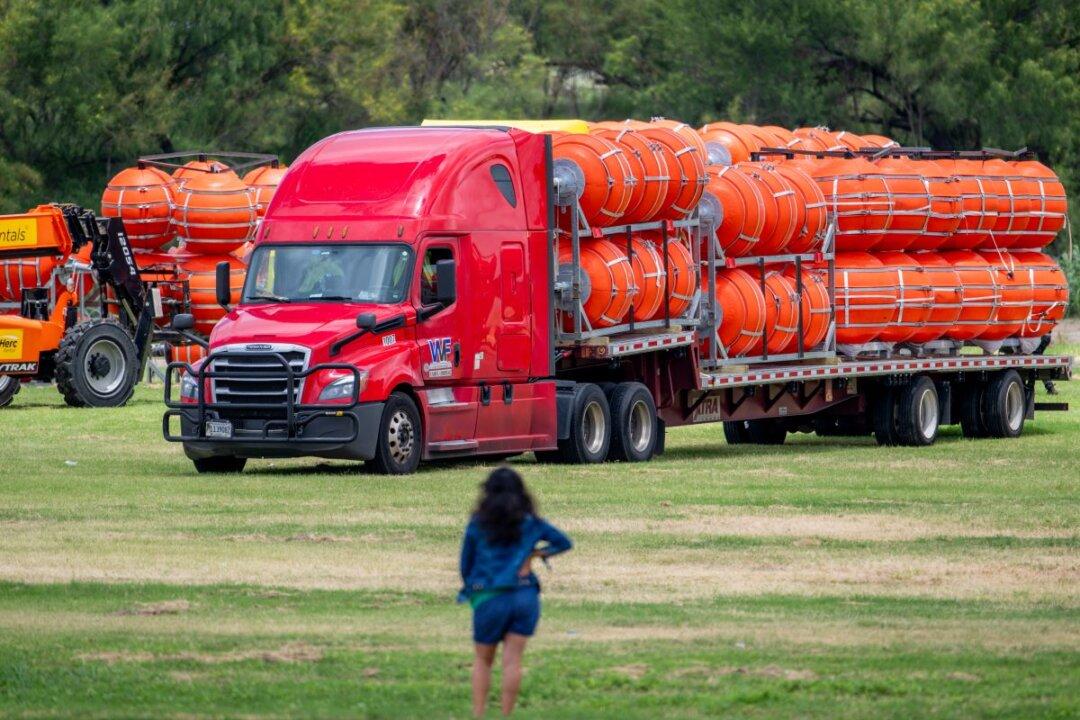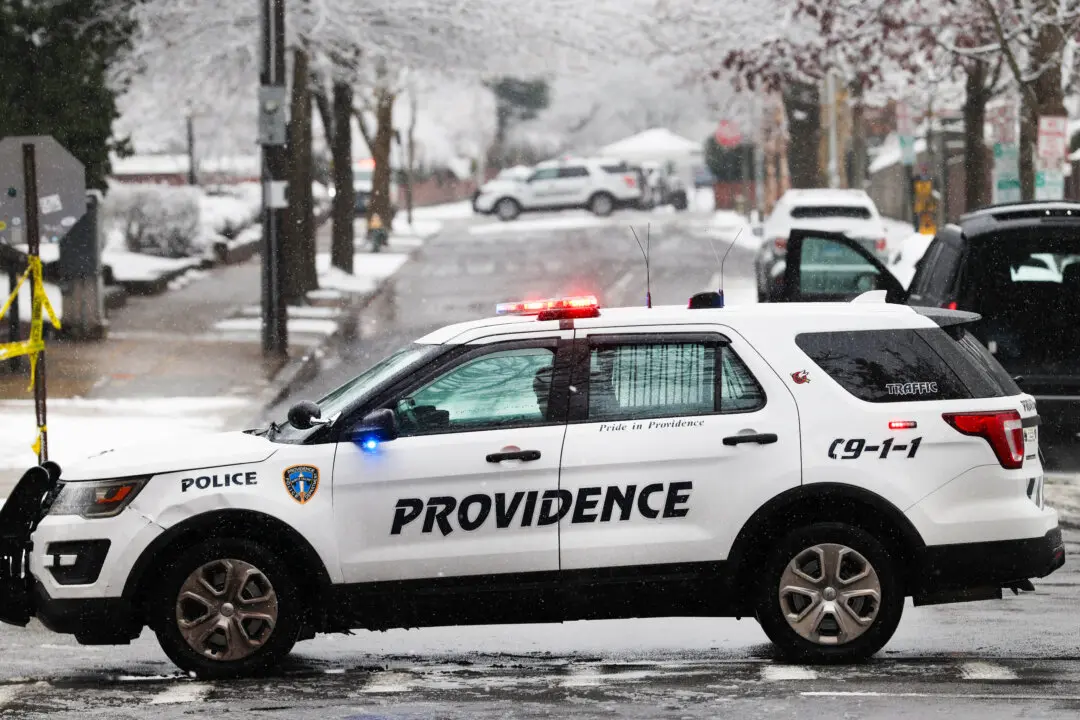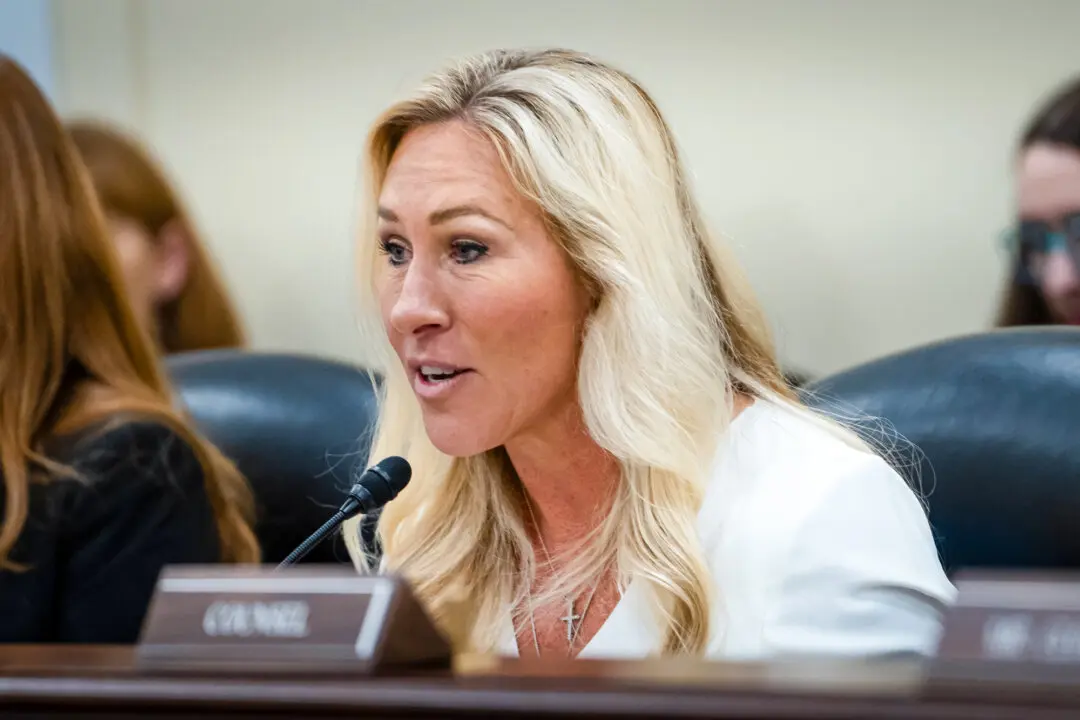Texas has started installing a water-based border barrier along the Rio Grande, Texas Gov. Gregg Abbott said on Saturday, as part of efforts to hinder illegal immigrants from crossing the southern border.
“New marine barrier installation on the Rio Grande begins today,” Mr. Abbott stated on Twitter, along with a 15-second video showing dozens of large spherical buoys being loaded into tractor-trailers.





